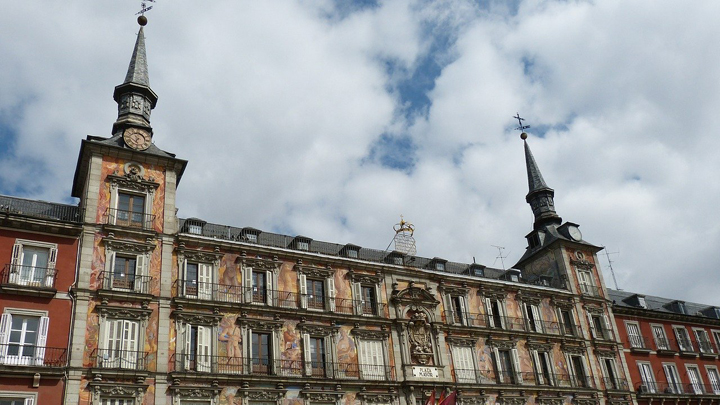
With the Covid-19 health crisis, it is still expected to take time to travel to other countries. Everything seems to point – at least so far – that this summer will be closer to home than other years. But there is no regret. Spain has endless places to discover, offering multiple opportunities for tourism. On this occasion, we are going to focus on the capital of Madrid to take a complete tour of Madrid de los Austrias .
What to see
The so-called Madrid de los Austrias comprises an area of the city in which a good part of its history and the main historical monuments are concentrated , which today are still preserved in good condition.
This area, also known as Barrio de los Austrias, includes buildings from the 15th, 16th and 17th centuries such as the Casa de la Villa , which is the former seat of the Town Hall, as well as the Casa de Cisneros or the Torre de los Lujanes . They are buildings that make up the main architectural attraction of the period of the Habsburg monarchy.
In this part of Madrid, a must-see are other better-known environments such as the Plaza Mayor , which is one of the most visited places each year in this city and which houses one of the main restaurant areas to eat the traditional and typical squid .

In the tour of Madrid de los Austrias, you should not forget to visit the Monastery of the Incarnation , founded by Queen Margarita of Austria, and the Plaza de La Villa , which is next to the Calle Mayor and from which three small streets, which are the primitive medieval layout of the city.
The route leads to the Palace of Santa Cruz , today the Ministry of Foreign Affairs, as well as everything that was built under the Bourbon dynasty after the fire that devastated Madrid.
It is a group consisting mainly of the Royal Palace and the nearby gardens of the Plaza de Oriente , as well as the Almudena Cathedral and the San Isidro Collegiate Church. Other buildings not to be missed are the Basilica of San Miguel, that of San Francisco el Grande or the Royal Theater.
